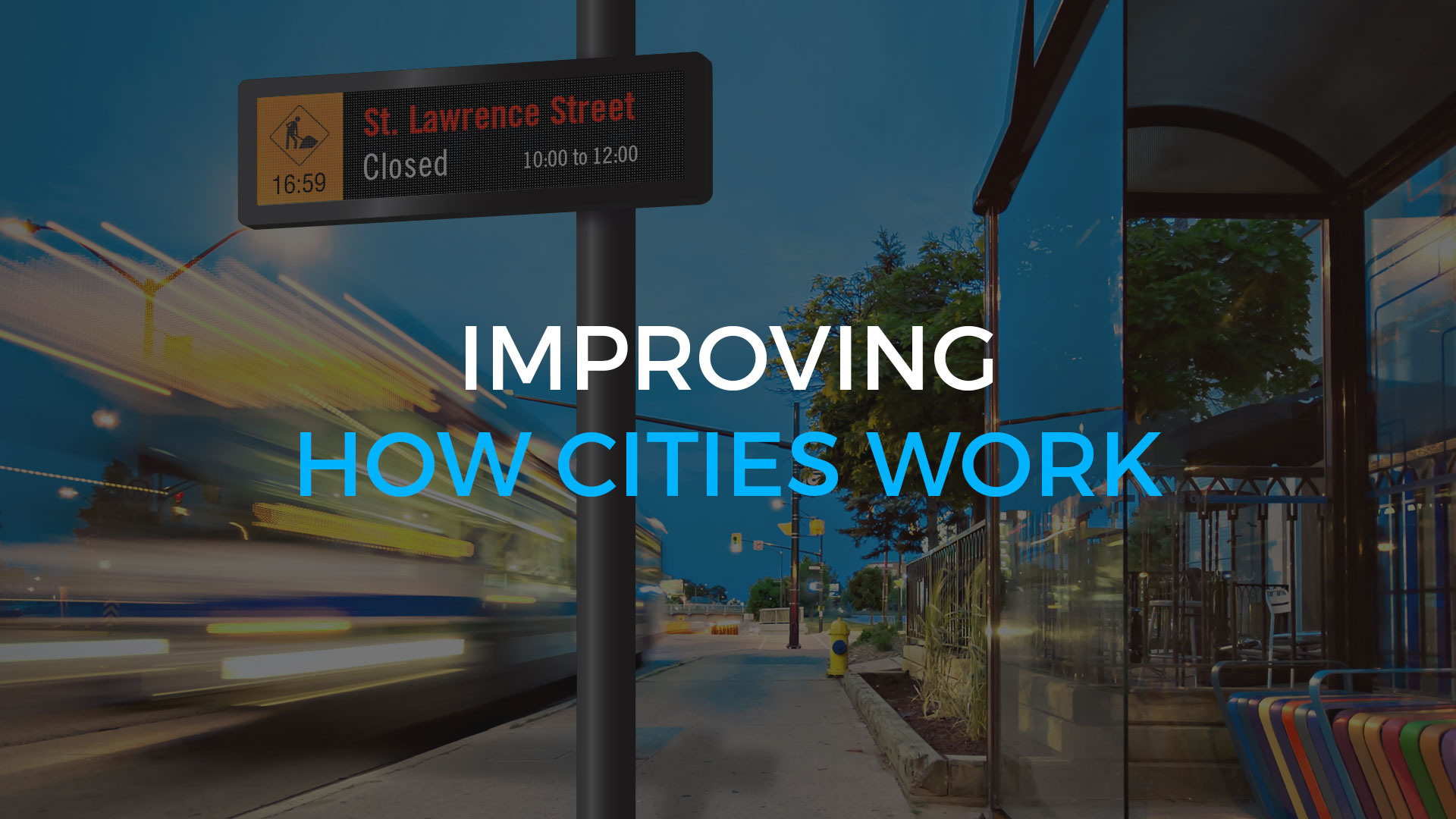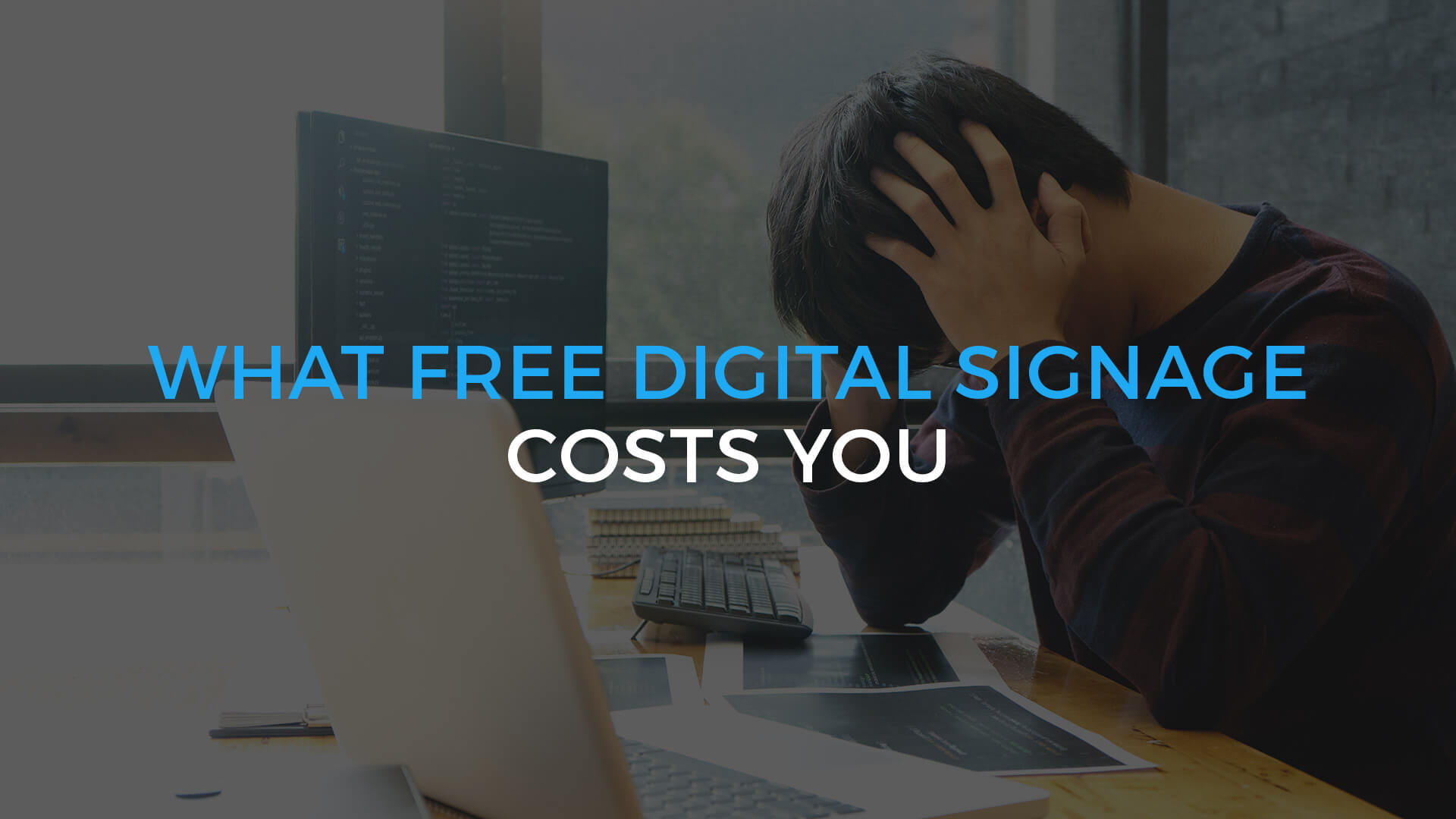Suppose the street signs in a city's busy core district weren't just painted metal on posts, but instead were digital, connected and smart enough to make that area work better and more livable, by getting cars off the streets and parked a little more easily.
That was the driver behind the city government in Montreal, Quebec funding a smart cities project that put 200 LED information signs around the main central tourist and business districts. Fixed at the same height as intersection lights, the signs direct motorists to the nearest parking garages where spots are available - even updating, minute-by-minute, how many stalls are free.
The system is connected to the parking systems at the main garages in the immediate area of the signs, and the operator systems "talk" steadily to the central sign management system.
This dynamic parking guidance delivers on several objectives for the city of Montreal:
- Gets cars off the roads faster, as they stop the "hunt" for parking;
- Warns motorists of accidents or slow-downs;
- Warns of planned disruptions like paving or snow clearing;
- Relays instant public messaging, like Amber Alerts.
It’s a powerful example of how networked digital signage addresses the big aspirations and challenges of making cities smarter – which is all about improving how things work, and what that means to the quality of life.
The concept of smart cities has been around for many years, but the rise of cloud computing, ubiquitous connectivity and open data have opened a huge range of possibilities. Instead of printed or even painted informational signs that take people, planning and time to change, the right content management system when paired with real-time data can ensure people in cars or on sidewalks have access to information that’s relevant to the time and specific location.
It’s not just one-way visual communications. Smart city digital signage initiatives include things like interactive, touch-driven directory kiosks – inside and even outside public spaces.
Smartphones may offer users everything from maps to directories, but they’re on tiny screens only one person can see, and the information often spread across multiples. Big indoor and outdoor directory kiosks offer searchable information about the city, and specific area, easily viewed by couples and groups. Because these smart kiosks are IOT-connected, the data is updated as soon as it changes elsewhere, and in many cases, what users find on the big screens can then be sent to their phones.
The possibilities for digital signage and smart cities are endless, and people interested in their impact need only take a look on the streets of beautiful Montreal to see smart city screens in action.







